

Damion Smy
Boxy new KGM Musso unveiled to take on HiLux and Ranger ahead of Australian launch
13 Hours Ago

News Editor
Kia has announced it’s upping its investment in electric vehicles (EVs), and now plans to sell one million units annually by 2026, building to 1.6 million units by 2030.
These are 25 per cent and 33 per cent increases, respectively, over goals announced last year.
That means the Korean automaker expects EVs to account for 37 per cent of its overall sales, as it aims to produce 4.3 million vehicles overall in 2030 – a 10.3 per cent increase from the goal announced last year.
Include hybrids and plug-in hybrids and Kia expects electrified vehicles will account for 2.38 million units in 2030, or 55 per cent of its volume.

This year, it aims to have a four per cent share of the global automotive market and sell 3.2 million units overall.
The company announced the revised figures as part of its annual CEO Investor Day.
Kia now plans to have 15 EVs by 2027, one more than it previously touted, and all will be available in hot GT guise.
This includes the upcoming EV5, recently previewed in concept form. It’s set to for launch in China in the fourth quarter of this year.
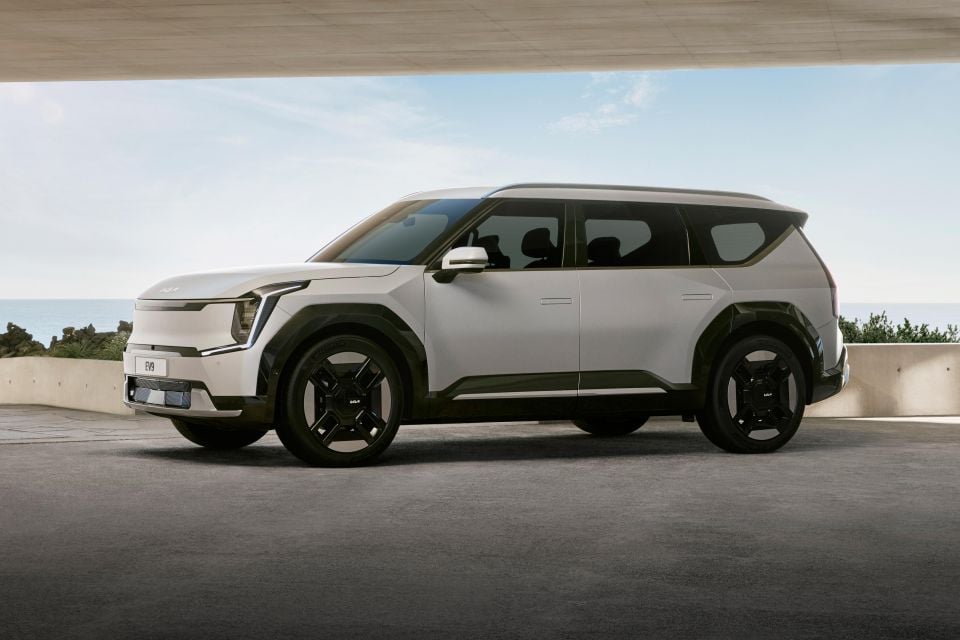
It’s among several new or updated models launching this year, including the EV9, a new Mexican-built Rio (which won’t come here), the tiny Ray EV, and five “product enhancement” models.
These updated models are expected to include recently spied refreshes of the Picanto, Carnival and Sorento.
A mid-sized purpose-built vehicle (PBV) will be launched in 2025 that will support various sizes and styles of bodies atop a skateboard platform.
Kia will expand its PBV line-up to offer a range of vehicles from small to large including a robo-taxi, a large vehicle for public transit or mobile office use, and a small goods and food delivery vehicle.
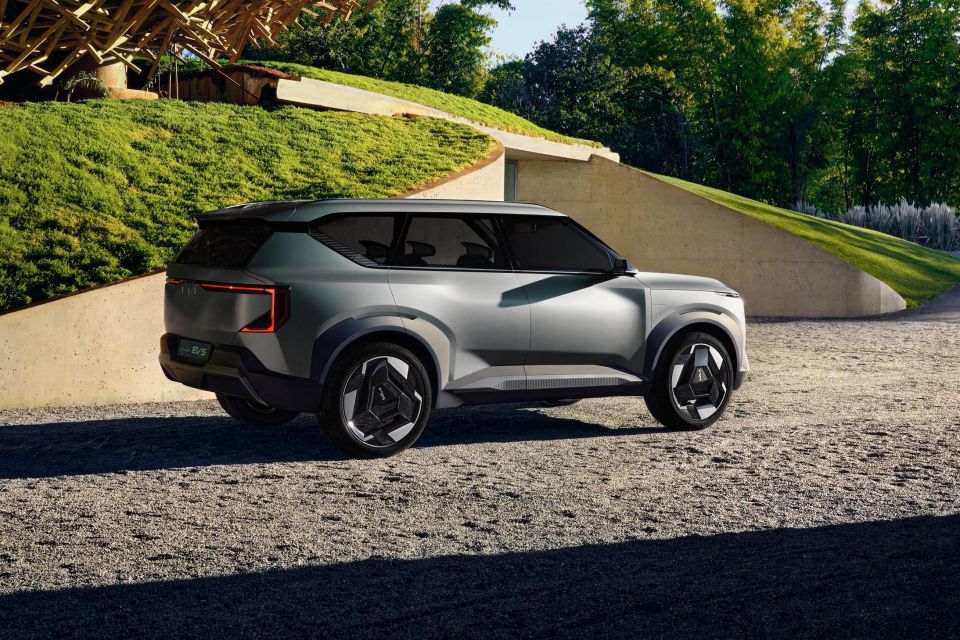
The new EV5 will be among the small and medium-sized EVs Kia will produce in China.
The company will also manufacture small and mid-sized EVs in Europe, and will begin manufacturing EVs in the US in 2024.
Kia will produce small EVs in India from 2025, which have been optimised for both the sub-continent and other emerging markets.
It’s not neglecting its homeland, either, with Korea to serve as a global hub for research, development and production of EVs.
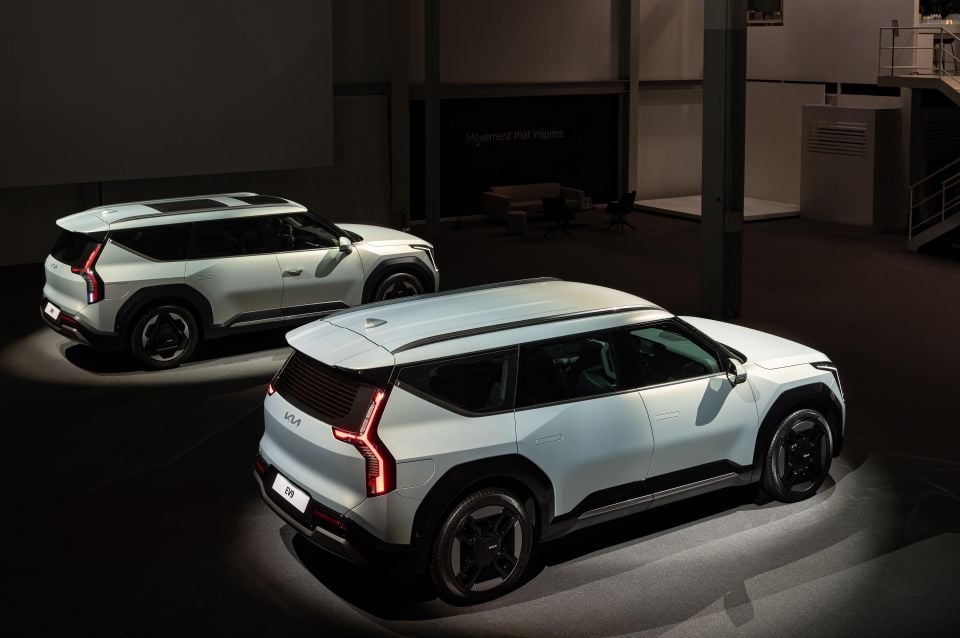
It’ll also build its first dedicated EV factory there in 2024, and convert the production line of its Gwangmyeong factory for EV production with two models to start rolling off the line next year.
The company claims this plant will use innovative technologies like a “3D virtual reality process” and unmanned, automated facilities.
Its vehicles will also get new technology, with the EV9 to debut a new conditional Level 3 “hands-off” autonomous driving feature called Highway Drive Pilot.
A second-generation version of this, due in 2026, will support conditional “eyes-off” driving, though “partial eye-off functions” will be available from 2024. Kia will continue to improve this technology with over-the-air updates.

All new models released after 2025 will have connected car technology and support over-the-air updates.
Kia is investing KRW 32 trillion (A$36bn) over the next five years until 2027, 45 per cent of which will be dedicated to future business areas.
The company is continuing to focus on profitable models and higher trims to strengthen its image and profit, and wants to record KRW 97.6 trillion (A$111bn) in gross revenue this year, plus KRW 9.3 trillion (A$10.5bn) in operating profit, and an operating profit margin of 9.5 per cent.
Over the next five years, it’s also working to execute a share buyback, purchasing up to KRW 0.5 trillion (A$567 million) worth of shares each year and cancelling at least 50 per cent of the repurchased shares.
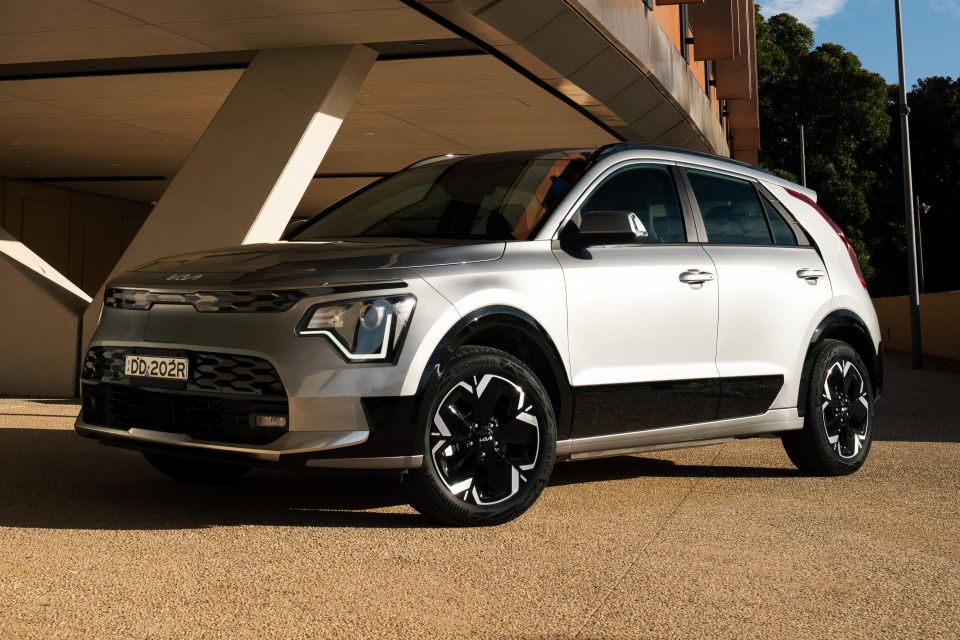
It’s aiming to lower the cost of batteries, electric motors and integrated charging systems. Its goal is to reduce the cost of batteries by 25 per cent in 2026 compared to 2018 prices, and by 70 per cent for motors and charging systems.
By 2030, Kia wants to earn KRW 160 trillion (A$181bn) in gross revenue, or an 84 per cent increase from 2022.
It also wants to record KRW 16 trillion (A$18bn) in operating profit in 2030, up 122 per cent, and record an operating profit margin of 10 per cent, up 1.6 percentage points over last year.
It expects EVs’ contribution to profit to increase from five per cent last year to 32 per cent in 2026 and 53 per cent in 2030.
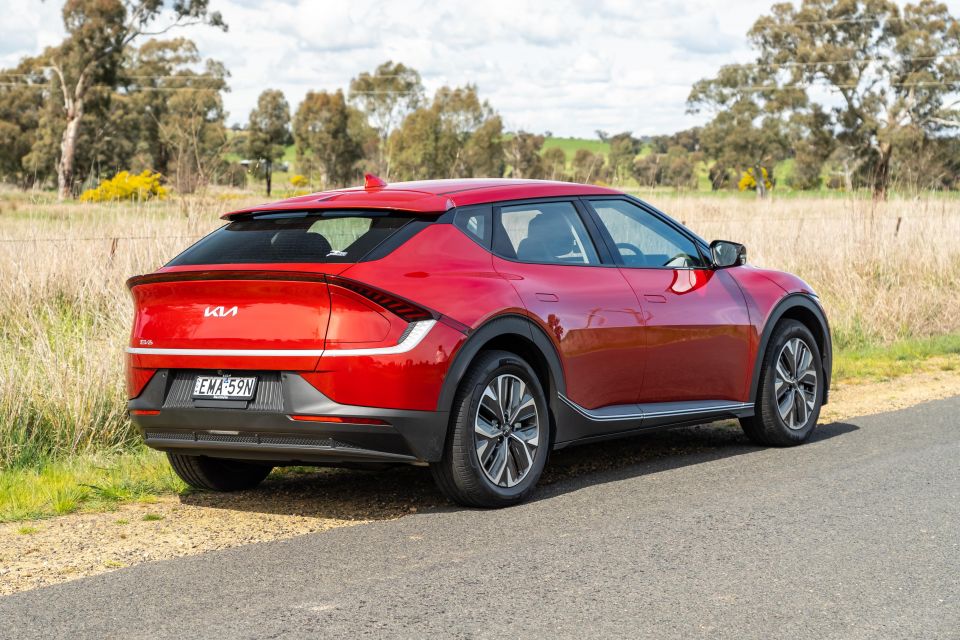
Kia reduced its carbon emissions by 4.5 per cent in 2022 compared to 2019, and is aiming to reach net zero in all stages of the value chain, as well as the customer use stage of vehicles, by 2045.
It plans to transition entirely to renewable energy across its global worksites by 2040, and achieve 100 per cent electrification in Korea, the US, Europe and China by the same year.
It’s also working with the non-profit Ocean Cleanup to collect waste plastic from the ocean and reuse it for vehicle accessories from 2024 and for vehicle parts from 2026. It wants the proportion of recycled plastic applications to increase to 20 per cent by 2030.
Other nuggets from Kia’s extensive plans include an aim to work with the wider Hyundai Motor Group on advanced air mobility and robotics, and to strengthen the personalisation services it provides to customers.
Where expert car reviews meet expert car buying – CarExpert gives you trusted advice, personalised service and real savings on your next new car.
William Stopford is an automotive journalist with a passion for mainstream cars, automotive history and overseas auto markets.


Damion Smy
13 Hours Ago


Damion Smy
14 Hours Ago


Damion Smy
15 Hours Ago


Damion Smy
17 Hours Ago


Damion Smy
19 Hours Ago


Damion Smy
20 Hours Ago